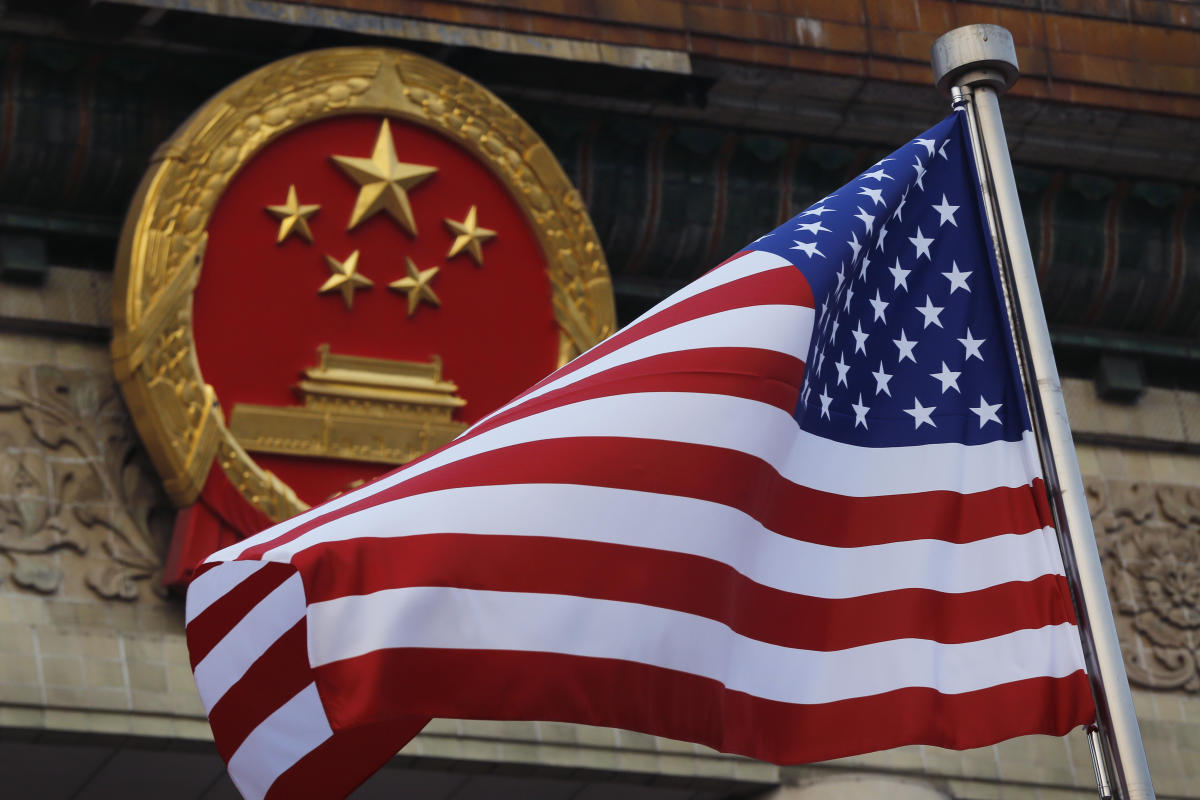The US has so far avoided a recession that was once widely expected. The slowing in China’s economy might alter that.
China’s service sector activity fell to an eight-month low in August, according to new statistics released on Tuesday. According to researchers at EY, the downturn in the second-largest economy in the world could become a hindrance for the otherwise robust US economy.
“While there is growing optimism about a’soft landing’ for the US economy, global challenges still cloud the horizon with China’s economic turmoil emerging as a top risk,” EY Chief Economist Greg Daco and EY Senior Economist Lydia Boussour wrote in a note on Tuesday.
The macroeconomic and commercial outlook are at danger due to China’s recent sharp decline in economic activity and the resurgence of stress in the real estate market.
China’s yearly economic growth dropped to 2% annually in 2022, its lowest rate since 1976, following a significant climb over the previous several decades. Numerous people believed things might alter in 2023 when COVID limits were anticipated to lessen. However, the reopening has taken longer than anticipated.
Due to a slowdown in real estate investment and declining consumer confidence, China’s GDP expanded by 6.3% annually in the second quarter, falling short of Wall Street’s estimates. Wall Street firms reduced their forecasts for total growth this year as a result of the weaker-than-expected growth.
Overall, the trade exposure of the US economy to China represents a negligible portion of GDP.
A “hard landing” in China, where economic growth is far slower, would only have a “modest” effect on US growth, according to recent study from Wells Fargo. In the scenario that Wells Fargo investigated using an Oxford Economics model, it was expected that the Chinese economy will grow at a flat rate in 2024, fall by 2.6% in 2025, and then rebound to an annual growth rate of 2.7% in 2026.
According to Wells Fargo, the US GDP would only be decreased by 0.1 percentage point in 2024 and 0.2 percentage point in 2025 as a result of this significant “growth shock” for the Chinese economy.
According to Wells Fargo senior economist Jay Bryson, “the estimated effects on GDP growth rates in the Eurozone and Japan are a bit larger, but by no means would we characterise them as significant.”
The experts from EY agree that China’s direct trade exposure to the US economy is “rather small.”
However, “a potential tightening in global financial conditions associated with a ‘China growth scare’ would significantly magnify the impact,” noted the economists at EY.
According to experts, the tightening financial conditions might lead to a feedback loop where falling stock prices are met by rising bond yields, causing market volatility in the midst of low consumer and corporate confidence. Consumers frequently choose to conserve money instead of spending it in this atmosphere, which inhibits economic expansion.
The economists at EY wrote that the US economy is still resilient for the time being. But as domestic demand slows more and offers less of a growth cushion, economic activity will probably become more sensitive to outside shocks.

